Vintage medical human body anatomy illustration
Medical illustrations have been made possibly since the beginning of medicine. Illuminated manuscripts and Arabic scholarly treatises of the medieval period contained illustrations representing various anatomical systems pathologies, or treatment methodologies. These illustrations can look odd to modern eyes, since they reflect early reliance on classical scholarship rather than direct observation. An early publication of Andreas Vesalius’s De Humani Corporis Fabrica Libri Septum, which contained more than 500 exquisite woodcut illustrations based on careful observation of human dissection.
In the late 1890s, Max Brödel, a talented artist from Leipzig, was brought to The Johns Hopkins School of Medicine in Baltimore to illustrate for Harvey Cushing, William Halsted, Howard Kelly, and other notable clinicians. In addition to being an extraordinary artist, he created new techniques, such as carbon dust, that were especially suitable to his subject matter and then-current printing technologies. In 1911 he presided over the creation of the first academic department of medical illustration, which continues to this day. Medical illustrators not only produce such material but can also function as consultants and administrators within the field of biocommunication. A certified medical illustrator continues to obtain extensive training in medicine, science, and art techniques throughout his or her career.
The Association of Medical Illustrators is an international organization founded in 1945, and incorporated in Illinois. Its members are primarily artists who create material designed to facilitate the recording and dissemination of medical and bioscientific knowledge through visual communication media.
The professional objectives of the AMI are to promote the study and advancement of medical illustration and allied fields of visual communication, and to promote understanding and cooperation with the medical profession and related health science professions. Vintage medical human body anatomy illustration and the AMI publishes an annual Medical Illustration Source Book which is distributed to creative and marketing professionals that regularly hire medical/scientific image makers for editorial, publishing, educational and advertising projects. There is a companion Source Book with searchable illustration, animation and multimedia portfolios from hundreds of artists in the field. The obvious abilities necessary are to be able to visualize the subject-matter, some degree of originality in style of drawing and the refined skill of colour discrimination.
Vintage medical human body anatomy illustration


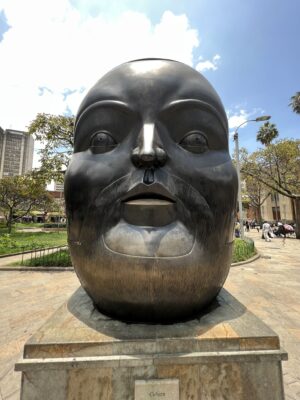
























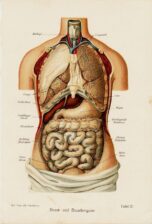
































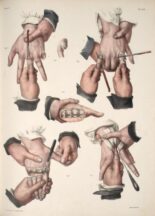






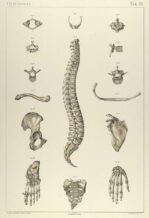
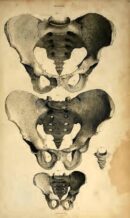






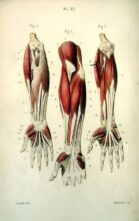














Leave a Reply